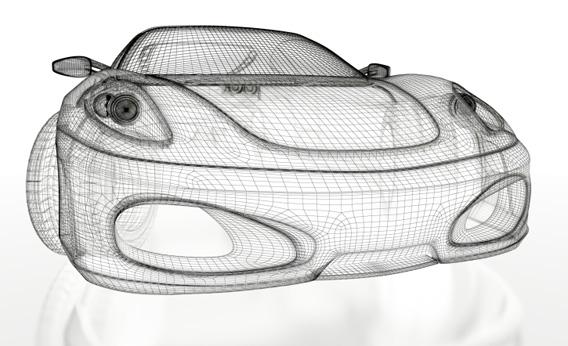Sheryl Connelly is corporate futurist at the Ford Motor Co. in Dearborn, Mich. After working as a customer adviser at Ford, seven years ago she turned to predicting social changes that affect the motor markets. She looks forward to the rise of megacities and self-driving cars.
Paul Marks: Why do businesses need futurists?
Sheryl Connelly: If you came up with an absolutely genius idea for a car right now, it would take three years for the rubber to hit the road, so to speak—and by then it might not seem so brilliant, so relevant. So we have to be really careful about what we place our bets on. It is daunting. To help do that I look at social, technological, economic, environmental, and political trends to try to understand the global forces that shape our values, attitudes, and beliefs as consumers.
PM: Does that mean you have to be a car nut?
SC: Not at all. I’m not a car person. I never look at the car industry. Ford has plenty of experts that can do that. My job is to look outside the automotive industry and to bring to light things outside their areas of analysis, beyond their scope. My key role is to spot trends that build a business case for the technologies our engineers invent.
PM: And how do you present this “future” to them?
SC: It is simple scenario planning, which is basically telling plausible, provocative, fictional stories about the future, but which are based on facts, on current trends.
PM: What kind of scenarios will influence what future cars are like?
SC: Earth’s population has hit 7 billion and will grow by 2050 to 9 billion. That means megacities of more than 10 million people will proliferate, and that raises questions about how people will live, work, and—for Ford—move about. In Beijing today, they have five-hour commutes. During the 2008 Olympics, they had 12 days of traffic gridlock. Our Traffic Jam Assist technology will drive your car for you in a jam while you relax. Later, cars will talk to each other to route around traffic. In 10 years they’ll even talk to road infrastructure and drive in follow-the-leader style, jam-free platoons.
PM: What other factors do you consider?
SC: Well, populations are aging. And that has an effect on the community and on transport. One thing we’re working on is engineering cars that are easy to drive at ever-older ages. We do that using special suits that are designed to constrain our testers’ dexterity to that of elderly people with restricted mobility.
PM: What about the “connected” car, how do you see that developing so it is safe?
SC: Ford’s Sync system, which links smartphone music playlists, texts, and calls to the console using Bluetooth, was not designed for safety, it was designed for connectivity. But if customers are going to bring all their devices into the car anyway, this is the safest way to do it. We use Nuance’s voice-recognition technology, as used by Apple’s Siri assistant, to minimize distraction: In simulators we found people glance at their phone eight to nine times when making a call in the car, but that drops to three with voice-activated calls. There is also a “do not disturb” button that shuts off incoming calls and sends a text saying, “I’m driving and can’t answer” to people who call or text.
This article originally appeared in New Scientist.
